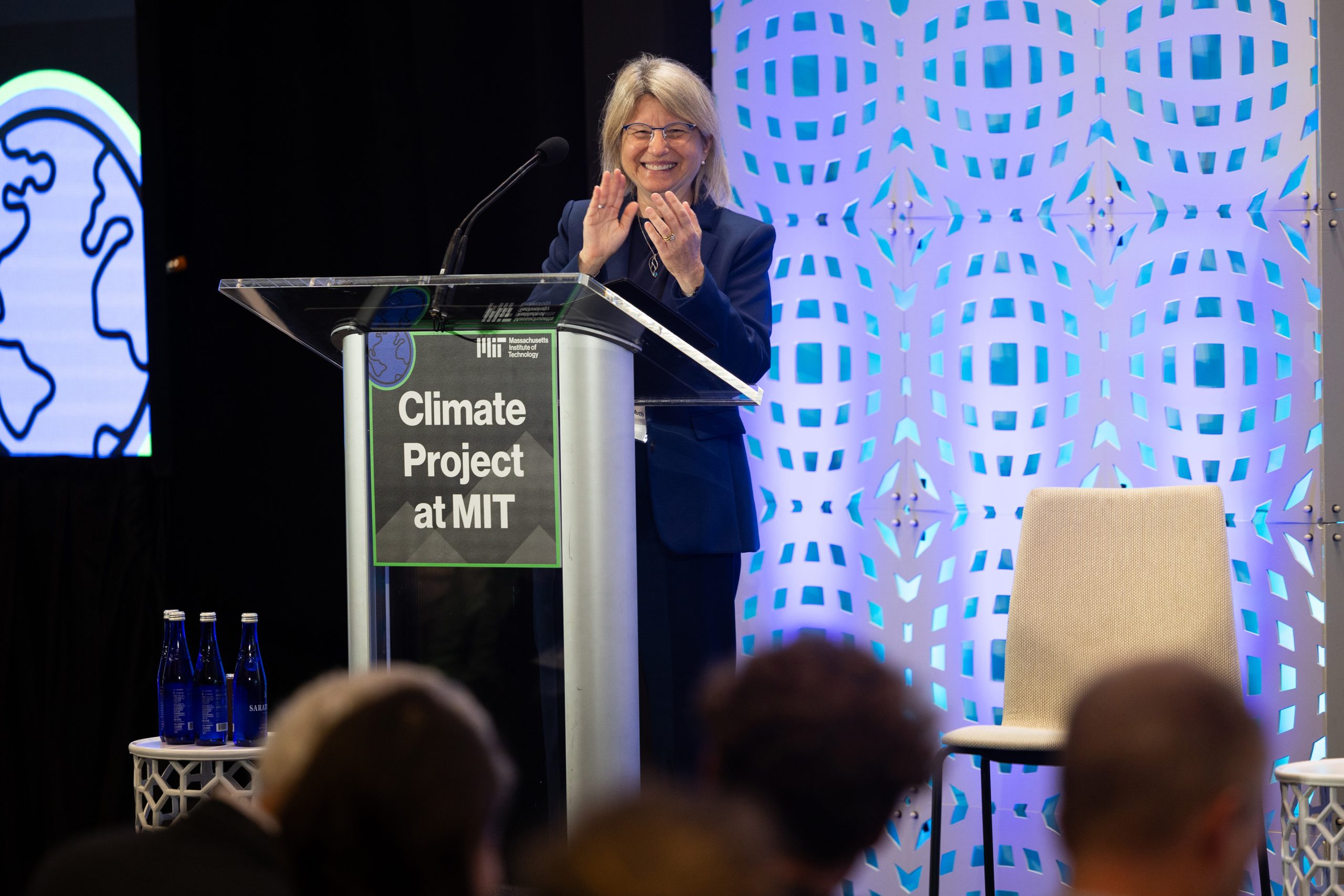Over the past few years, there has been a rapid increase in several computer vision and computer graphics-related fields, especially surface reconstruction. The primary goal of this ever-changing field in 3D scanning is to efficiently recreate surfaces from given point clouds while meeting specific quality criteria. These algorithms aim to estimate the underlying geometry of the scanned object’s surface based on the given point cloud data. The surface can then be utilized for various purposes, such as visualization, virtual reality, computer-aided design, and medical imaging. Some of the most well-known approaches for surface reconstruction include Self-Organized Maps, Bayesian reconstruction, and Poisson reconstruction. With surface reconstruction being a crucial aspect of 3D scanning, immense research is ongoing to come up with various suitable techniques for surface reconstruction from 3D scans using unsupervised machine learning.
Taking a step in this direction, a diverse group of researchers from the University of Tübinge, ETH Zurich, and Czech Technical University, Prague, have collaborated and developed SDFStudio, a unified and versatile tool for Neural Implicit Surface Reconstruction (NISR). The framework has been built on top of the nerfstudio project, which essentially provides APIs to streamline the process of creating, training, and visualizing Neural Radiance Fields (NeRF). As part of its implementation, the developers have used three major surface reconstruction methods: UniSurf, VolSDF, and NeuS. UniSurf, or Universal Surface Reconstruction, is a surface reconstruction method that aims to generate a smooth surface representation from an unorganized point cloud by combining implicit functions and polygonal meshes. Volumetric Signed Distance Field, or VolSDF, on the other hand, is a surface reconstruction method that leverages a volumetric representation of the input point cloud. NeuS, or Neural Surface, is a surface reconstruction method that utilizes deep neural networks to generate a surface representation from a point cloud by essentially combining the strengths of both implicit surface representations and learning-based approaches.
In order to support a range of scene representations and techniques for surface reconstruction, SDFStudio uses the Signed Distance Function (SDF) as its key representation, which defines the surface as an iso-surface of the implicit function. In order to estimate the SDF, SDFStudio uses various techniques such as Multi-Layer Perceptrons (MLPs), Tri-plane, and Multi-res feature grids. These techniques leverage neural networks and feature grids to estimate the signed distance or occupancy values at different locations in the scene. To further enhance accuracy and efficiency, the tool also incorporates multiple point sampling strategies, one of them being surface-guided sampling, inspired by the UniSurf method. Additionally, SDFStudio employs Voxel-surface guided sampling derived from the NeuralReconW method. This approach leverages the information from voxel grids to guide the sampling process, ensuring that the generated points are more likely to lie on the object’s surface. By incorporating such sampling techniques, SDFStudio ensures that the generated point samples are representative of the underlying surface and ensures the improved quality and accuracy of the reconstructed surfaces.
One of the standout characteristics of SDFStudio is that it offers a unified and modular implementation, which provides a convenient framework for transferring ideas and techniques between different methods within the tool. For example, idea transfer is observed from Mono-NeuS to NeuS. Another instance of idea transfer is seen in Geo-VolSDF, which incorporates the idea from Geo-NeuS into VolSDF. This ability to transfer ideas between different methods in SDFStudio promotes advancements in surface reconstruction by giving researchers the room to experiment with different combinations, taking inspiration from one process and integrating it into another. To quickly get started with SDFStudio, you can follow the setup instructions available on its GitHub repository.
Check Out the Project Page and Github Repo. Don’t forget to join our 25k+ ML SubReddit, Discord Channel, and Email Newsletter, where we share the latest AI research news, cool AI projects, and more. If you have any questions regarding the above article or if we missed anything, feel free to email us at Asif@marktechpost.com
Featured Tools:
🚀 Check Out 100’s AI Tools in AI Tools Club
Khushboo Gupta is a consulting intern at MarktechPost. She is currently pursuing her B.Tech from the Indian Institute of Technology(IIT), Goa. She is passionate about the fields of Machine Learning, Natural Language Processing and Web Development. She enjoys learning more about the technical field by participating in several challenges.









